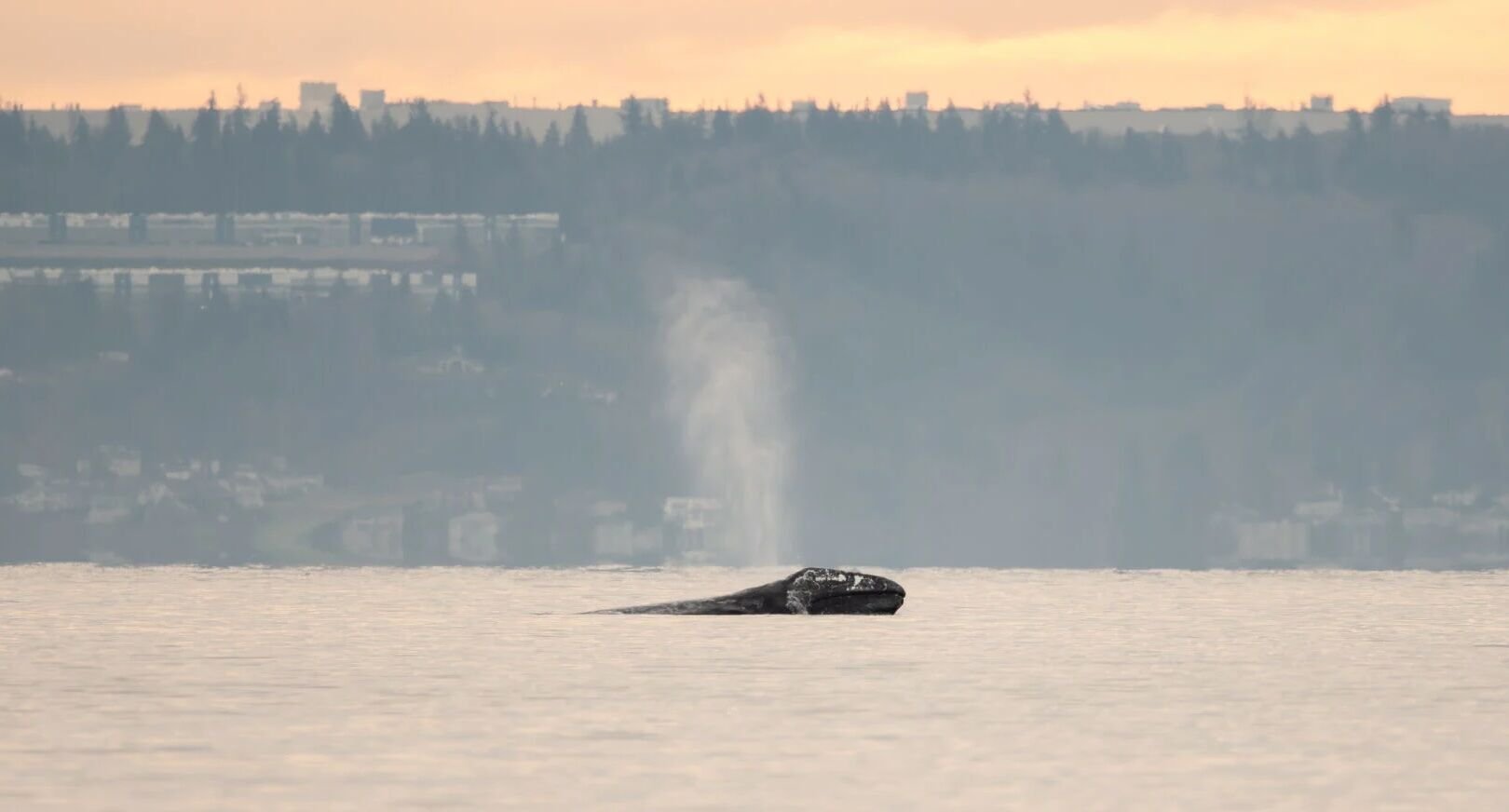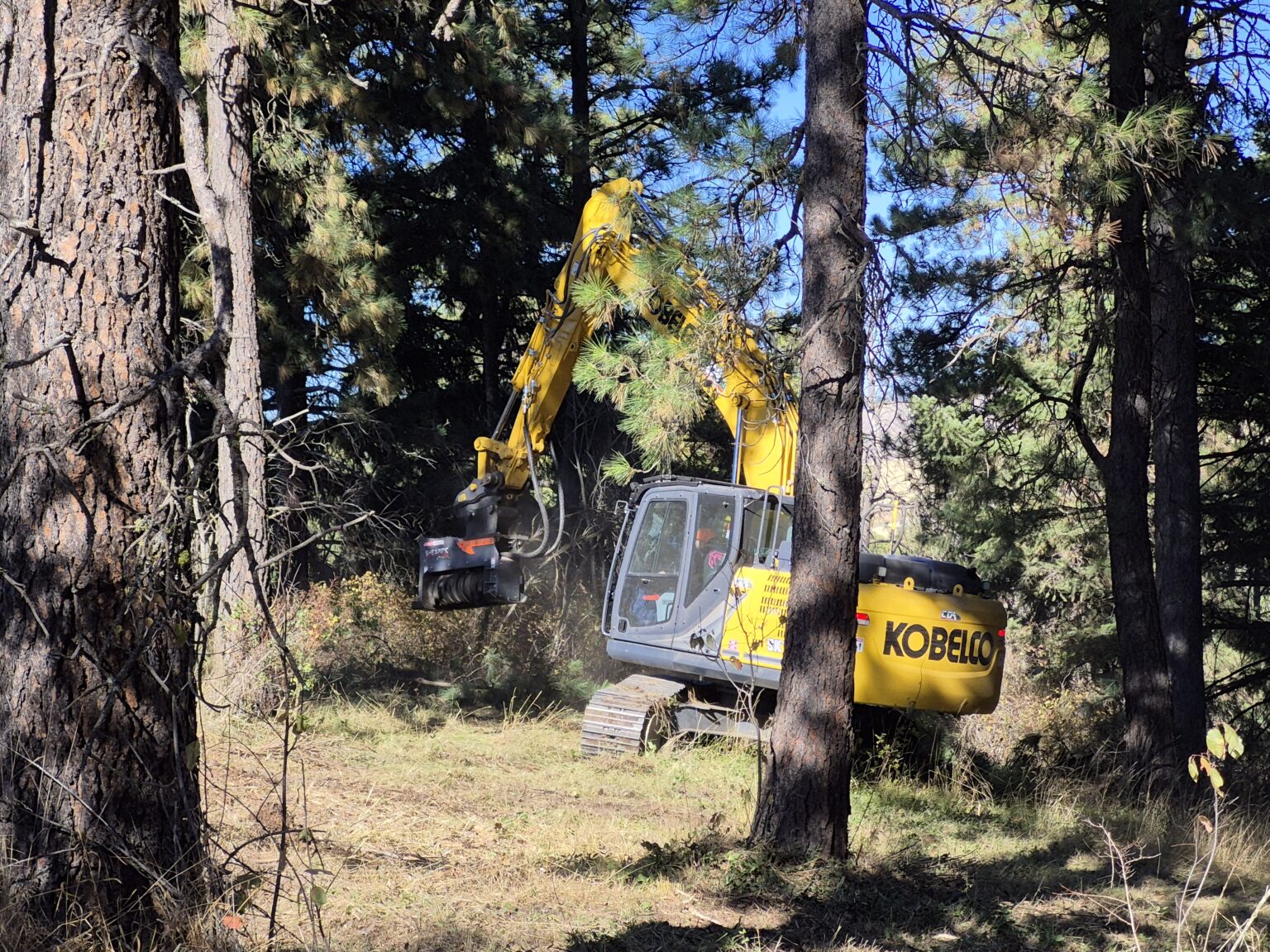A new report suggests that toxic fumes leaking into aircraft cabins could be impairing the health of both passengers and crew. The alleged underreported danger has prompted serious questions about how airlines monitor and address air quality on commercial flights.
Toxic Cabin Air Is Causing Brain Injuries: Report

Key Takeaways:
- Commercial airplanes can contain harmful “toxic” fumes in the cabin.
- The “bleed air” system is at the center of the investigation.
- Brain injuries and other serious health issues have been reported.
- Airlines have allegedly downplayed this hazard for years.
- A Wall Street Journal investigation has shed new light on the problem.
Introduction
Concerns over the air quality inside commercial aircraft have gained momentum as passengers and crew increasingly come forward with reports of toxic fumes. According to an investigation spotlighted by the Wall Street Journal, these fumes are a “hidden hazard” that airlines have allegedly minimized for years.
Bleed Air and Health Implications
Modern airplanes typically rely on a “bleed air” system that channels air from the aircraft’s engines into the cabin. While this process is standard, it can introduce contaminants that pose risks to human health. Emerging accounts suggest that some travelers and flight attendants experience serious symptoms, including possible brain injuries, in the wake of exposure to these fumes.
Industry Response
Despite a growing body of anecdotal evidence, critics claim that the airline industry has not fully acknowledged the potential severity of the problem. Observers and affected individuals argue that more transparency is needed, especially if the health consequences are as serious as reported. So far, details on how airlines plan to address the issue remain sparse.
Investigative Spotlight
The Wall Street Journal’s involvement underscores the gravity of these claims. As more people report symptoms following what they believe are “fume events,” the scrutiny intensifies. While additional research is needed, the existing findings have already provoked calls for stricter oversight and clearer communications about the risks of toxic cabin air.
Looking Ahead
With public concern growing, many are watching closely to see whether airlines and regulators will implement new measures to ensure safer cabin conditions. As the conversation evolves, questions remain about how to better detect, investigate, and prevent these suspected “fume events” to protect both passengers and crew on future flights.











